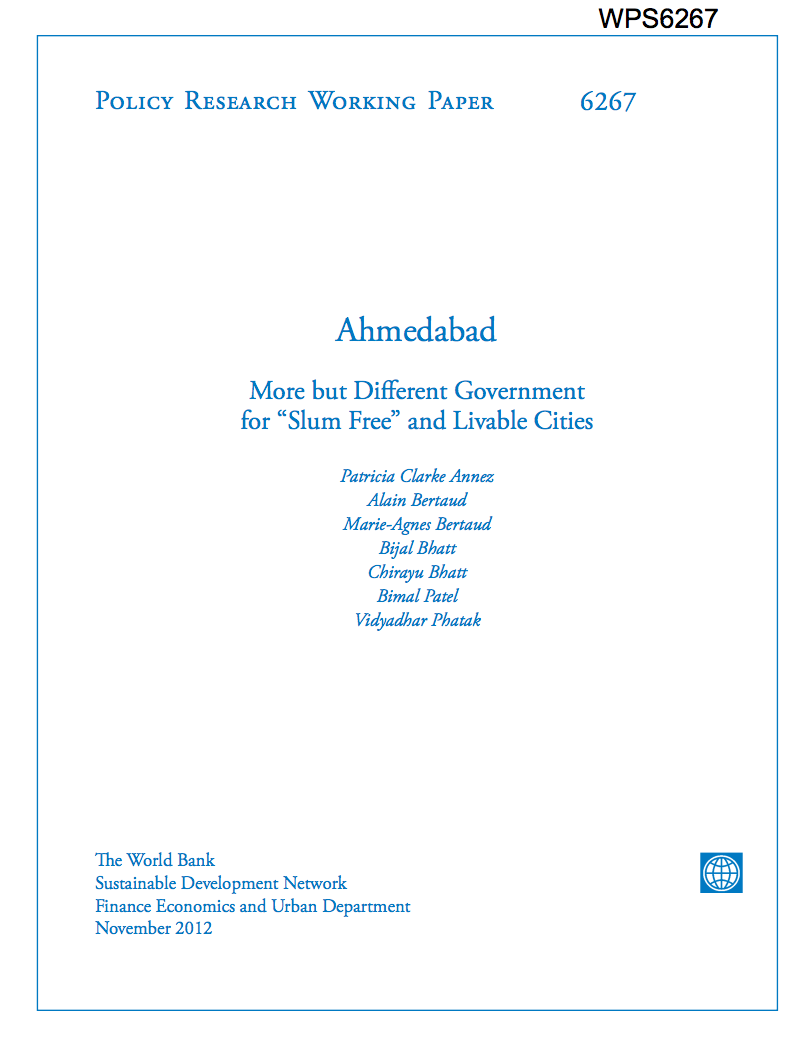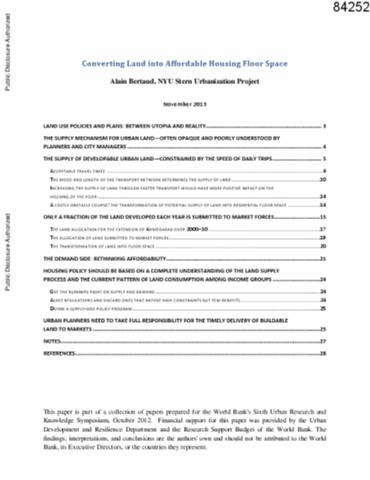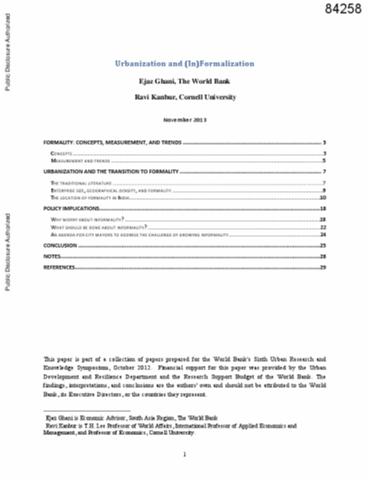Policies on Managing Risk in Agricultural Markets
Over the past dozen years, policymakers
have largely abandoned long-standing popular approaches for
addressing risk in agriculture without fully resolving the
question of how best to manage the negative consequences of
volatile agricultural markets. The article reviews the
transition from past policies and describes current
approaches that distinguish between the trade-related fiscal
consequences of commodity market volatility and the






